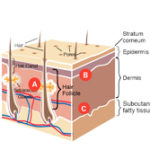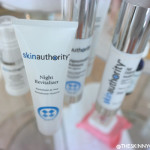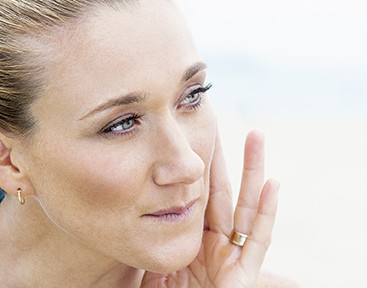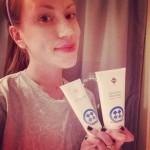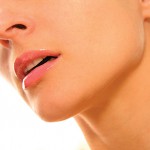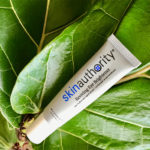
The majority of the United States will be turning their clocks ahead one hour with Daylight Saving Time. The one hour less of sleep means your eyes will need extra attention! The skin around your eyes is the thinnest skin on your entire body, and it's most susceptible to damage. Also, as you age, the tissue structures and muscles supporting your eyelids weaken. The skin may start to sag, and fat that is normally confined to the area around the eye can move into the area below your eyes. Also, the space below your eyes can accumulate fluid, making the under-eye area appear puffy or swollen. Several factors can lead to this, including: Fluid retention due to changes in weather (for example, temperature changes from forced heat indoors and frigid conditions outdoors), hormone levels, or eating salty foods Not getting enough sleep Allergies or dermatitis, especially if puffiness is accompanied by ...


